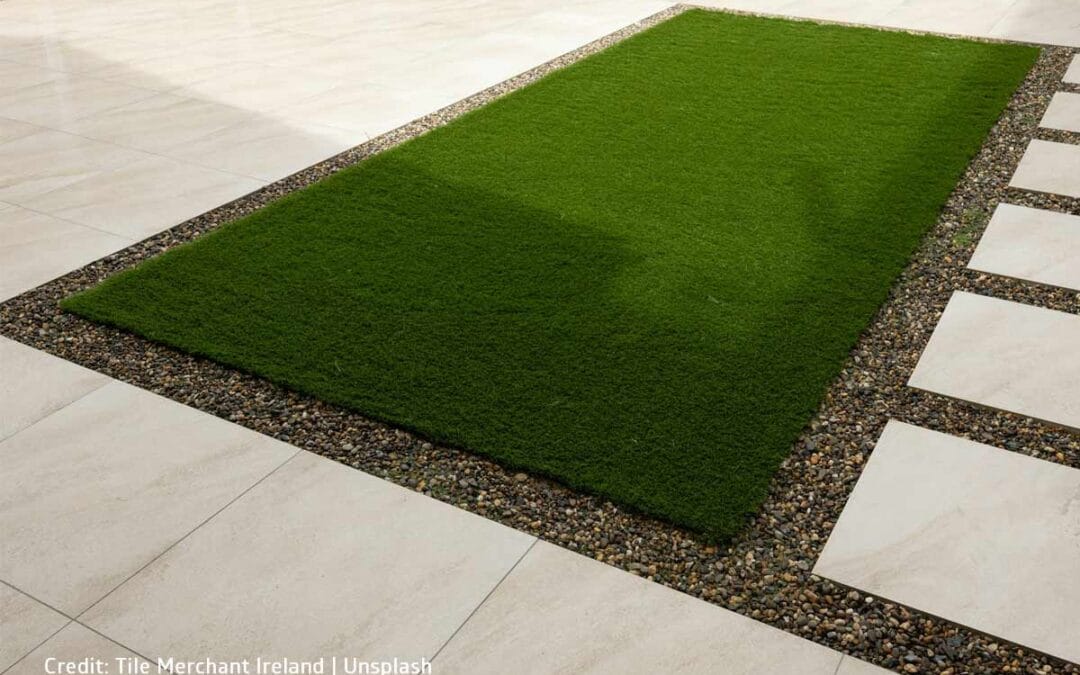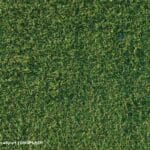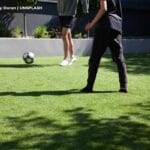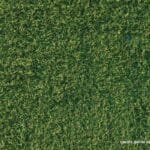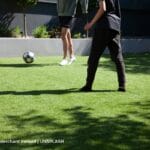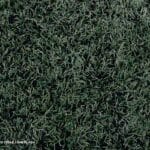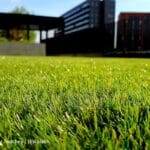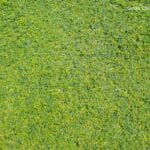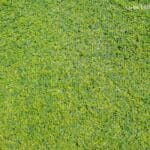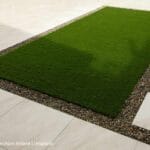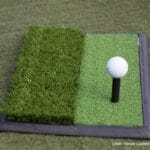Artificial grass has become an increasingly popular choice for homeowners seeking a low-maintenance and aesthetically pleasing alternative to natural lawns. With its durability, evergreen appearance, and minimal upkeep requirements, it’s no wonder many people are opting for synthetic turf. However, choosing the right artificial grass for your home can feel overwhelming with so many options on the market. Use this guide to help yourself navigate the selection process to find the perfect fit for your needs.
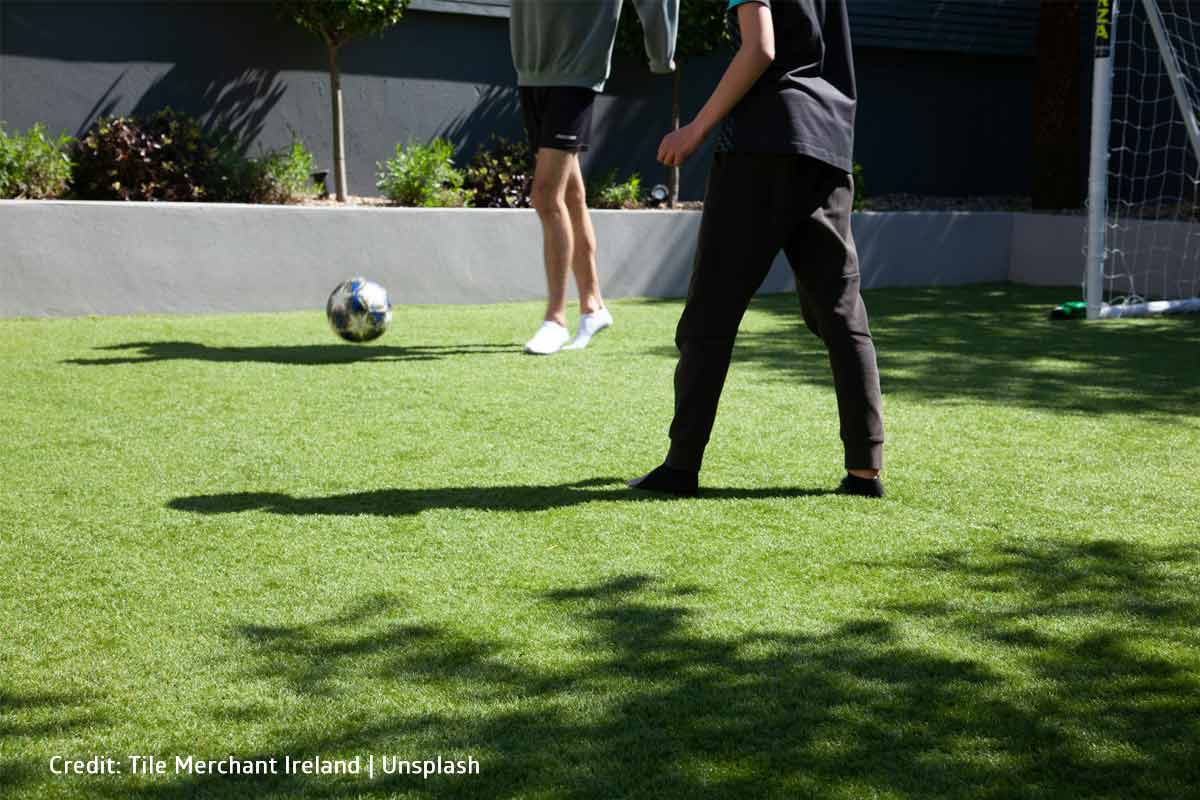
1. Determine Your Purpose and Usage
The first step in selecting artificial grass is identifying its primary purpose. Are you installing it for a play area for children, a pet-friendly yard, or simply to enhance your home’s curb appeal? Each of these uses may require different features. For example, if your yard is a play zone, you might prioritise softer textures and additional padding for safety. For pet owners, odour-resistant grass with proper drainage is essential. Knowing how you’ll use the space will help you focus on the options best suited to your needs.
2. Evaluate Material Quality
The quality of the material is a crucial consideration when choosing artificial grass. Most synthetic turf is made from polyethylene, polypropylene, or nylon. Polyethylene is soft and durable, making it a great all-purpose option for residential use. Polypropylene is less expensive but less durable, suitable for low-traffic areas. Nylon is the most robust material but can feel less natural underfoot.
Examine the density of the turf, as higher density often indicates better quality. Denser grass will feel plusher and last longer, especially in areas with heavy use.
3. Consider the Appearance
Artificial grass comes in a variety of colours, blade shapes, and pile heights. To achieve a natural look, opt for turf with multiple shades of green, as well as brown or beige thatch fibres, which mimic the appearance of soil. Blade shapes also affect the grass’s realism and durability. Flat blades may look lush but can wear down more quickly in high-traffic areas, while U-shaped or V-shaped blades are more durable.
Pile height, or the length of the grass blades, is another key factor. While longer blades give the impression of a freshly mowed lawn, they can become flattened over time. Medium pile heights, between 25 and 40 millimetres, strike a balance between aesthetics and practicality.
4. Check Drainage Capabilities
Proper drainage is essential for maintaining artificial grass, particularly in regions with heavy rainfall or snow. High-quality turf is designed to allow water to pass through easily, preventing pooling and reducing the risk of mould or mildew. Check the manufacturer’s specifications for drainage rates and ensure the turf includes a perforated backing for effective water flow.
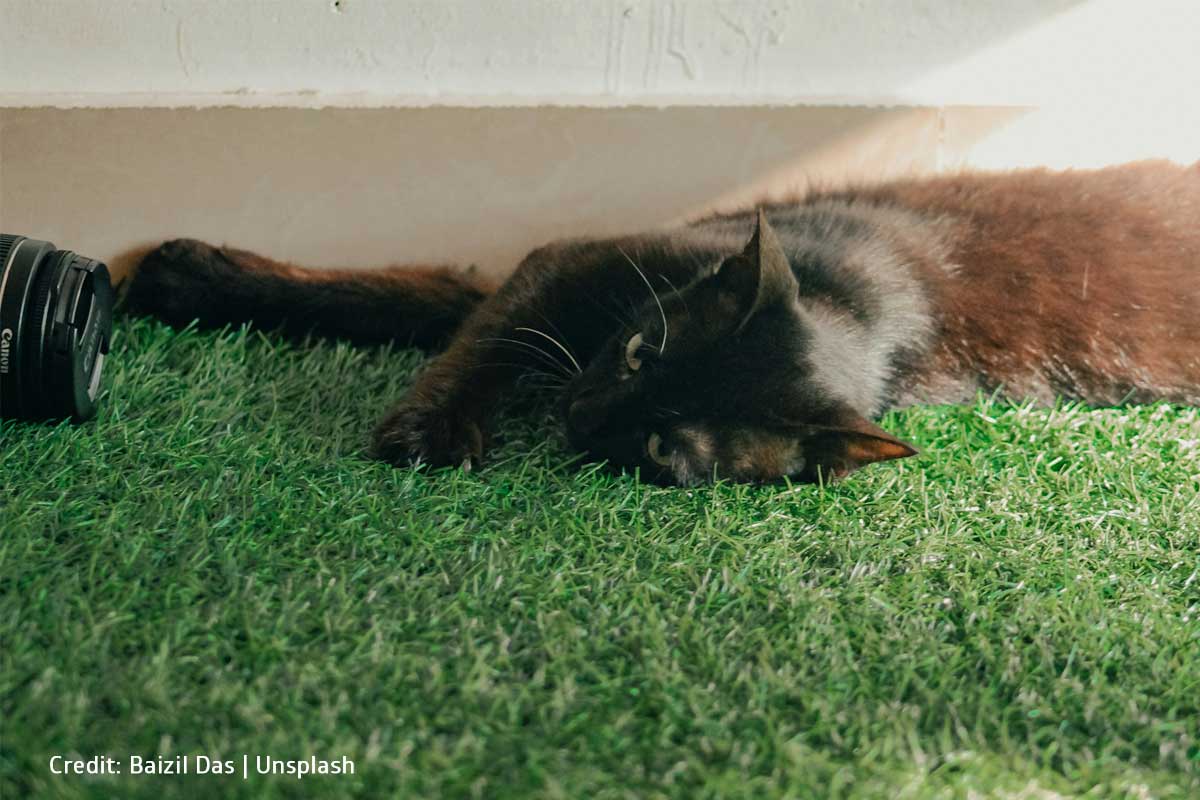
5. Factor in Maintenance Requirements
Although artificial grass requires less maintenance than natural grass, it’s not entirely maintenance-free. Different products may have varying care requirements, such as brushing to prevent matting or rinsing to remove pet waste. Be sure to choose a product that aligns with the level of maintenance you’re willing to perform.
6. Assess Environmental Impact
If sustainability is a priority, consider the environmental impact of the artificial grass you choose. Some manufacturers offer eco-friendly options made from recycled materials or products that can be recycled at the end of their lifespan. Additionally, ensure the product is free from harmful chemicals like lead or heavy metals, which could pose risks to your family or pets.
7. Measure Your Space Accurately
Before purchasing artificial grass, take precise measurements of the area where it will be installed. It may be worth your time to familiarize yourself with precisely measuring different rooms to ensure accurate measurements in the right rooms. This ensures you order the right amount and avoid unnecessary waste. It’s always wise to purchase slightly more than you need to account for cutting and fitting during installation.
8. Consider Your Budget
Artificial grass is available at a wide range of price points. While it can be tempting to go for the cheapest option, lower-cost turf often compromises on quality and durability. Instead, aim for a product that balances affordability with the features you need. Keep in mind that while the initial investment may be higher than natural grass, the long-term savings on water, fertilisers, and lawn care can offset the cost.
9. Consult with Professionals
If you’re unsure which artificial grass is best for your home, seek advice from professionals. Reputable suppliers and installers can guide you through the options and recommend products tailored to your specific needs and preferences. Professional installation may also ensure a polished finish and increase the turf’s longevity.
10. Read Reviews and Warranties
Finally, take the time to read customer reviews and check the warranty offered by the manufacturer. Reviews can provide insight into the product’s performance, while a good warranty reflects the manufacturer’s confidence in their product’s durability.
—
Choosing the right artificial grass for your home involves careful consideration of its intended use, appearance, material quality, and maintenance requirements. By evaluating your options and consulting with professionals, you can find a product that meets your needs while enhancing your outdoor space. With the right choice, artificial grass can provide years of enjoyment and a consistently lush lawn without the hassle of traditional upkeep.
When it comes to finding the right artificial turf for your home, Lazy Lawn is here to lend a hand. We carry a wide range of synthetic grass to match your tastes and blend seamlessly with your home. Whether you’re looking to beautify your landscapes or build a quiet place to enjoy quietly at home, our grass can give you what you need. Give us a call now at (888) 622-5296 to get artificial turf that fits in with the rest of your home.

